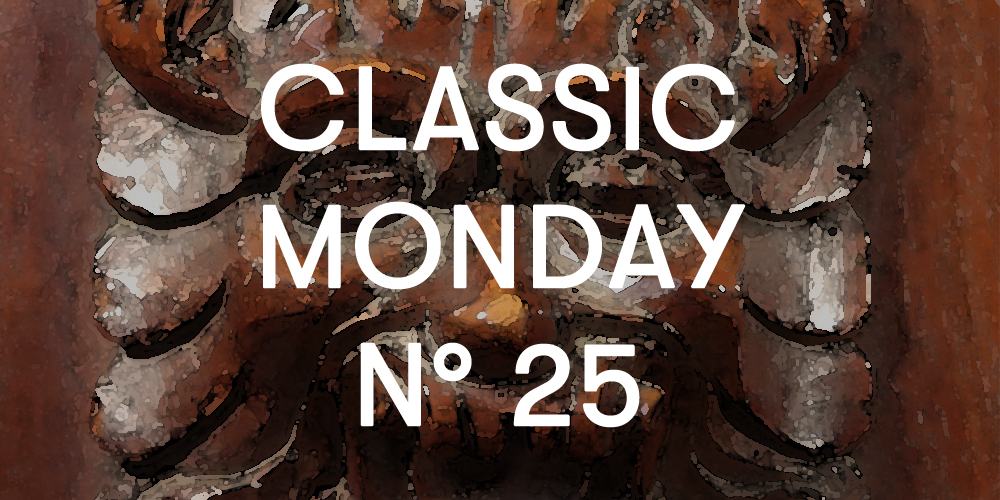
The tradition of woodworking is deeply rooted in the province of Bergamo. This practice was more widespread in the valleys, where obviously the availability of raw material was higher.
From the first simple constructions, characterized by a still essential decoration, over time we specialize in the creation of increasingly complex ornamental apparatuses, both carving and inlay. This tradition was consolidated especially during the sixteenth century, when some of the most important workshops began and the most famous works of wood art saw the light.
It was the century that saw the birth of the famous workshop of the Fantoni, a long-lived and prolific family in the realization of works and entire wooden apparatuses. But also the culture of wood inlay was appreciated, as evidenced by the collaboration between the inlay Giovan Francesco Capoferri and Lorenzo Lotto, among the most renowned artists of the time, for the realization of the choir of the Basilica of Santa Maria Maggiore in Bergamo.

It is easy to understand how for the realization of similar works were necessary well-established and organized shops; A common feature is a precise division of tasks.
The “marangoni”, the carpenters, took care of building the furniture that had to have characteristics of solidity but at the same time of elegance.
Progressively the decorative apparatus also became more refined and articulated. It was therefore necessary the carver, a specialized figure following a special school and training in the workshop.
Even the carver had to know the qualities of wood and know how to work it, but he also had to possess a certain creativity for the realization of the design.
The furniture, once simple, is now embellished with foliaceous motifs, grotesque masks, cherubs, caryatids and telamons that replace the uprights. The most famous commissions were the ecclesiastical ones, for church furnishings, where the wooden works could be admired by the whole community of faithful.
Great attention was paid to the construction of altars, pulpits, benches and sacristy cabinets. No less sought after were certainly the commissions of families belonging to the nobility, which often allowed the artist to re-enter the circle of artisans requested by the noble elite.
Even in the following century this tradition remained rooted in geographical areas such as the Brembana Valley, so much so that even today the churches of the valley host important wooden apparatuses. The liturgical furnishings also influenced the private one.
È il caso dei protagonisti del nostro Classic Monday, due inginocchiatoi di produzione bergamasca.
Certamente destinati a uso privato, probabilmente da collocarsi nella camera da letto del committente.


Both in walnut wood, on the front they have a door surmounted by a drawer and are richly decorated with a wooden carving. A pair of caryatids constitute the uprights, while at the center of the door there are grotesque masks, taken up in the upper band, in the nuts that connect to the top.
However, there are differences in carving, as if the two kneelers had been made by different hands.
If one shows a more “finished” carving, the other, also by virtue of greater antiquity, shows still archaic figures.
The artisans and the workshop to which they belonged must certainly have had in mind the taste of the time, where shapes and figures typical of the grotesque fifteenth and seventeenth centuries are transformed into refined wooden sculptures.
Caryatids and masks, together with phytomorphic motifs and other monstrous animals, were widespread in decorations defined as grotesque, an artistic legacy derived from Renaissance taste and in particular from the appreciation of ornamental motifs rediscovered in the Domus Aurea neroniana. In the seventeenth century this cultural heritage remained, now covered with a new habitus with a fully Baroque taste, as the wooden carving was able to render.













